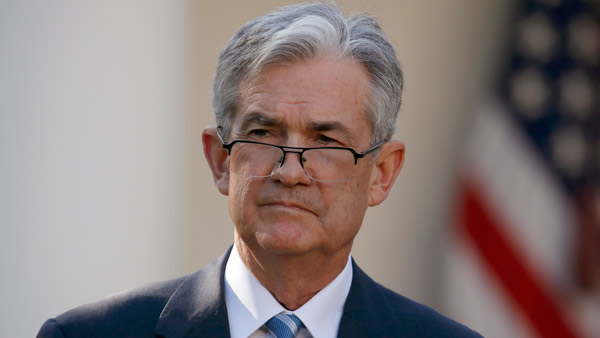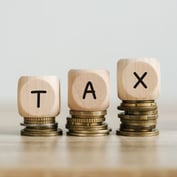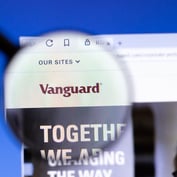
Federal Reserve Chairman Jerome Powell said the fundamentals of the U.S. economic expansion look strong and support the case for continued gradual interest-rate increases.
“There is good reason to expect that this strong performance will continue,” Powell said Friday in remarks prepared for the Kansas City Fed’s annual policy symposium in Jackson Hole, Wyoming. “I believe that this gradual process of normalization remains appropriate.”
U.S. central bankers are raising interest rates gradually to keep inflation in check while at the same time giving the nearly decade-long expansion room to run. The policy has attracted the ire of President Donald Trump, who told Reuters in a recent interview that he was “not thrilled” with the Fed’s tightening.
U.S. stocks rose and the dollar slipped as investors digested Powell’s first speech as Fed chief at Jackson Hole. Yields on the 10-year Treasury note were initially lifted before settling back to levels prior to his remarks.
Powell’s speech discussed at length the challenges of monetary policy at a time when economic benchmarks — such as estimates of full employment or the neutral policy rate — are uncertain. The two risks faced by the Federal Open Market Committee are moving too fast and shortening the expansion, or moving too slowly and allowing for overheating and financial excesses, he said.
“I see the current path of gradually raising interest rates as the FOMC’s approach to taking seriously both of these risks,” Powell said. While unemployment is below the committee’s longer-run estimate of a rate that corresponds with non-inflationary use of labor resources, “there does not seem to be an elevated risk of overheating.”
“This is good news, and we believe that this good news results in part from the ongoing normalization process, which has moved the stance of policy gradually,” Powell said. “As the most recent FOMC statement indicates, if the strong growth in income and jobs continues, further gradual increases in the target range for the federal funds rate will likely be appropriate.”
Investors are pricing in another quarter-point increase from the central bank at their meeting next month. That would raise the target range for the benchmark lending rate to 2 percent to 2.25 percent. Odds of a second hike before year-end in December were little changed around 64 percent.
There is scant evidence that the Fed’s removal of stimulus is hurting growth. Unemployment is low at 3.9 percent, and inflation, according to the Fed’s preferred benchmark, is slightly above officials’ 2 percent target.









 August 24, 2018 at 11:24 AM
August 24, 2018 at 11:24 AM











